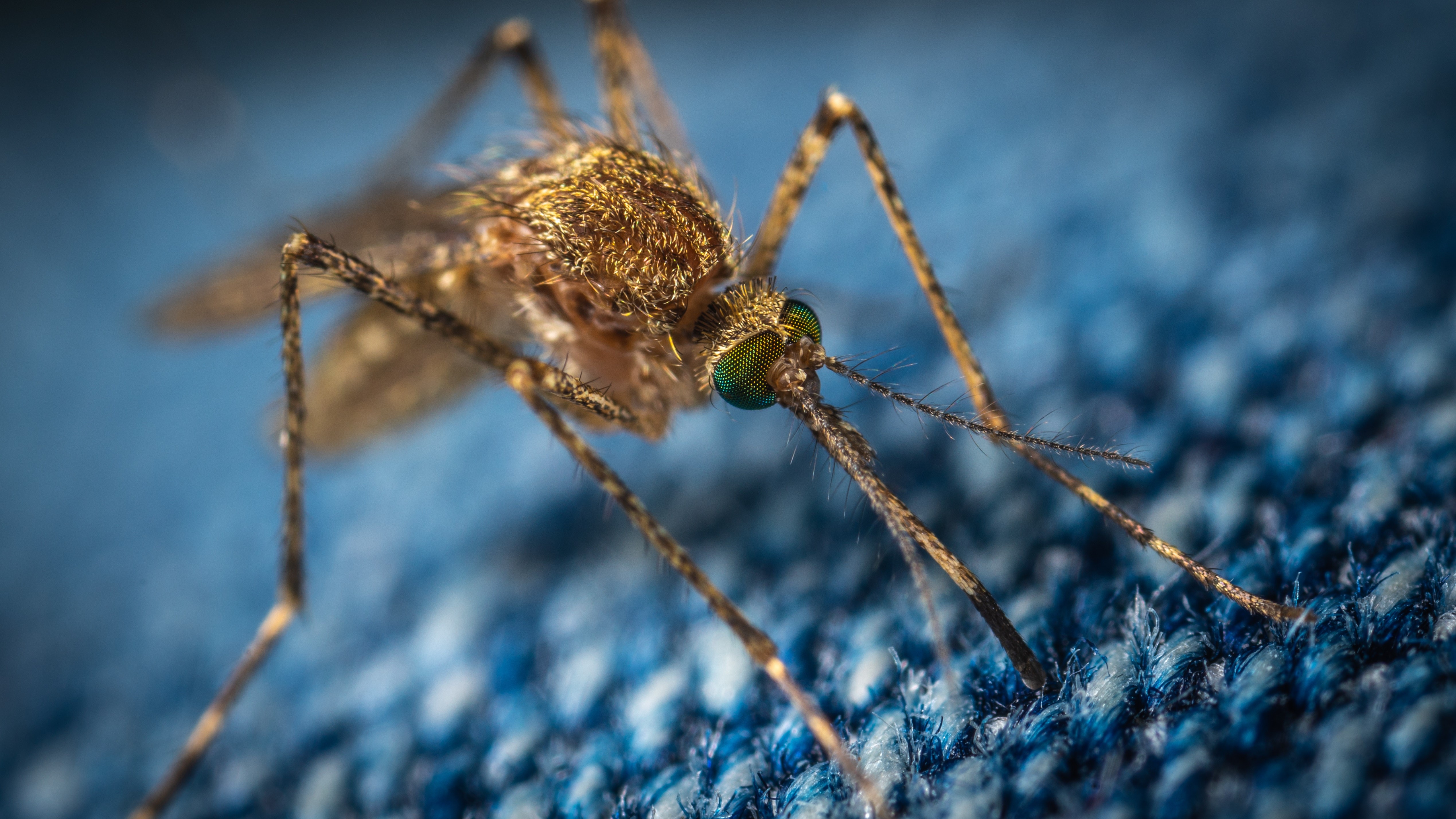
LOCAL
Spring temperatures thaw more than just snow in Duluth parks
Despite a seemingly endless winter of dangerous wind chills and unrelenting snow, spring arrived in Minnesota and brought with it eager warm-weather outdoor enthusiasts, fragrant spring flowers, and one big stinky problem: dog poop. Duluth’s Harley Nature Center dubs this annual springtime phenomenon “The Great Poop Melt,” when frozen piles of pet waste thaw with the snowmelt. With 20,000 dogs in Duluth who produce millions of pounds of feces each year, Duluth Parks and Recreation has a simple, but important message: pick up after your pet.
The melted feces are problematic for general recreation and for businesses who lead spring hiking and biking tours. The parks department’s lighthearted new signs remind dog owners that “There’s no such thing as the Poop Fairy!” but behind these gentle reminders are more serious concerns for animal, environmental, and public health.
When pet waste is not properly disposed of, this puts other dogs at risk of parasites or other gastrointestinal diseases. Additionally, rain and snowmelt wash feces into streams, which may promote algal growth, deplete oxygen for fish, and contaminate urban waterways with E. coli and zoonotic parasites. Because it is not feasible to provide a garbage can for every potential dog defecation location, officials remind pet owners that they have the ultimate responsibility for packing their dogs’ waste out of the parks.
CDC Healthy Pets Healthy People
NATIONAL
Update on the hedgehog Salmonella outbreak
Last week, the Centers for Disease Control and Prevention (CDC) provided an update on the multistate Salmonella Typhimurium outbreak associated with pet hedgehogs. Since the last update in March, 10 more people have become sick in six new states, bringing the total reported cases to 27 across 17 states. Two people have been hospitalized and no deaths have been reported. Illnesses began from October 22, 2018 to April 8, 2019.
42% of the cases are 12 years old or younger and 90% of interviewed cases (18/20) reported contact with a hedgehog. Ill individuals reported purchasing hedgehogs from breeders, online sources, or pet stores, but a common source has not been identified.
Healthy hedgehogs can carry Salmonella in their feces and can easily spread it to the rest of their bodies, enclosures, toys, and bedding. Humans become infected when cleaning toys and enclosures, or when handling the animals themselves. CDC recommends washing hands after handling hedgehogs, maintaining good cage hygiene, and avoiding free-roaming play in areas where food is prepared.
INTERNATIONAL
Genetically modified fungus a potential future weapon against malaria
Scientists from the University of Maryland and the Research Institute of Health Sciences in Burkina Faso have genetically modified a fungus to kill mosquitoes that spread malaria. The fungus, Metarhizium pingshaense, naturally infects Anopheles mosquitoes. Genetic modification using a toxin from the venom of an Australian funnel-web spider could make the fungus fatal.
Scientists added toxin-producing genetic instructions to the fungus’s genetic code, enabling it to create the toxin once inside the mosquito. To test this in a real world setting, they created a “MosquitoSphere” in Burkina Faso, a 6,500 square foot, double-netted simulation village with plants, “huts,” mosquito food, and water sources. They released 1,500 mosquitoes into a hut with normal conditions and 1,500 mosquitoes into a hut where they could become infected with the transgenic fungi. The normal hut mosquitoes maintained their population. In the transgenic fungi hut, 75% of the mosquitoes became infected and only 13 mosquitoes survived after 45 days.
The study also found that the modified fungus is mosquito-specific and did not affect other insects. The study has sparked both praise and concern among the science and public health communities. These findings are important; with over 200 million malaria cases per year, over 400,000 malaria deaths each year, and increasing insecticide resistance, many are in favor of novel methods to fighting malaria. Others say genetic modification is not the answer; they worry about the potentially harmful ripple effects of inadvertent destruction of other organisms and potential risks to human health. Both sides agree that more research is needed before they can be released into the wild.
Questions, comments, feedback about today's Weekly Update? Please email Dr. Lauren Bernstein.
Receive the Weekly Update right in your inbox on Tuesdays and Thursdays. Subscribe now at z.umn.edu/WeeklyUpdateSubscribe
